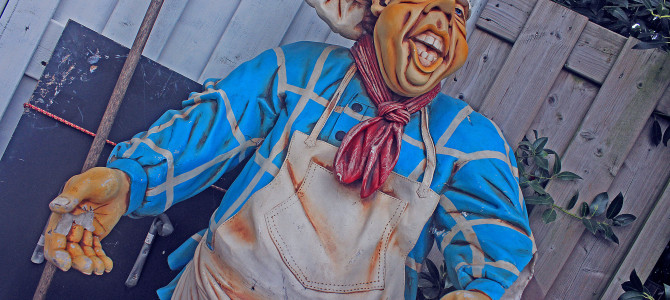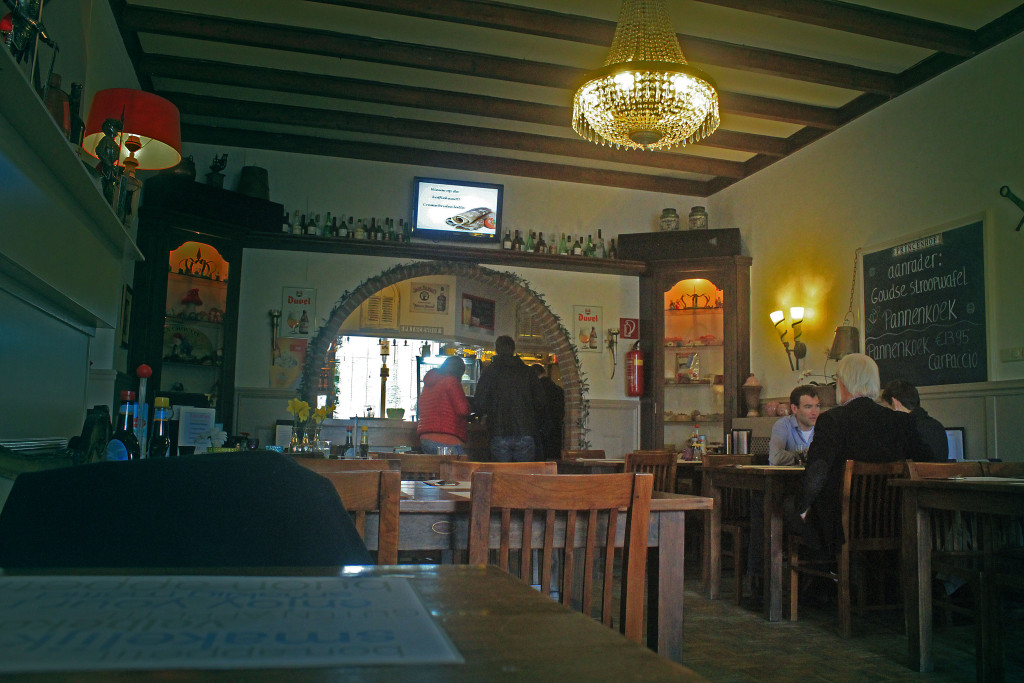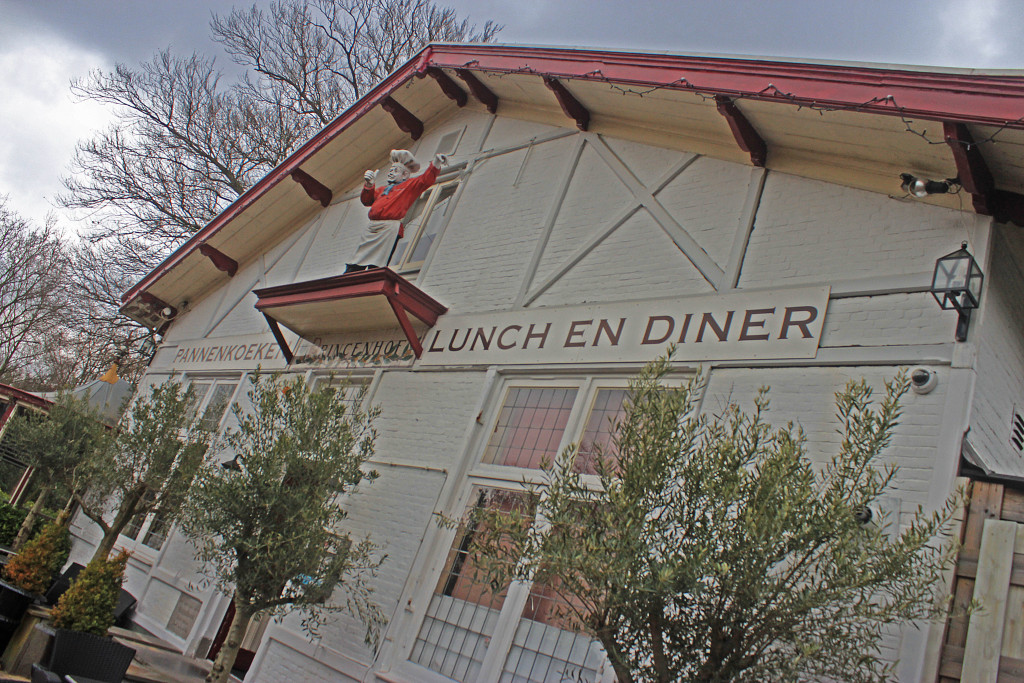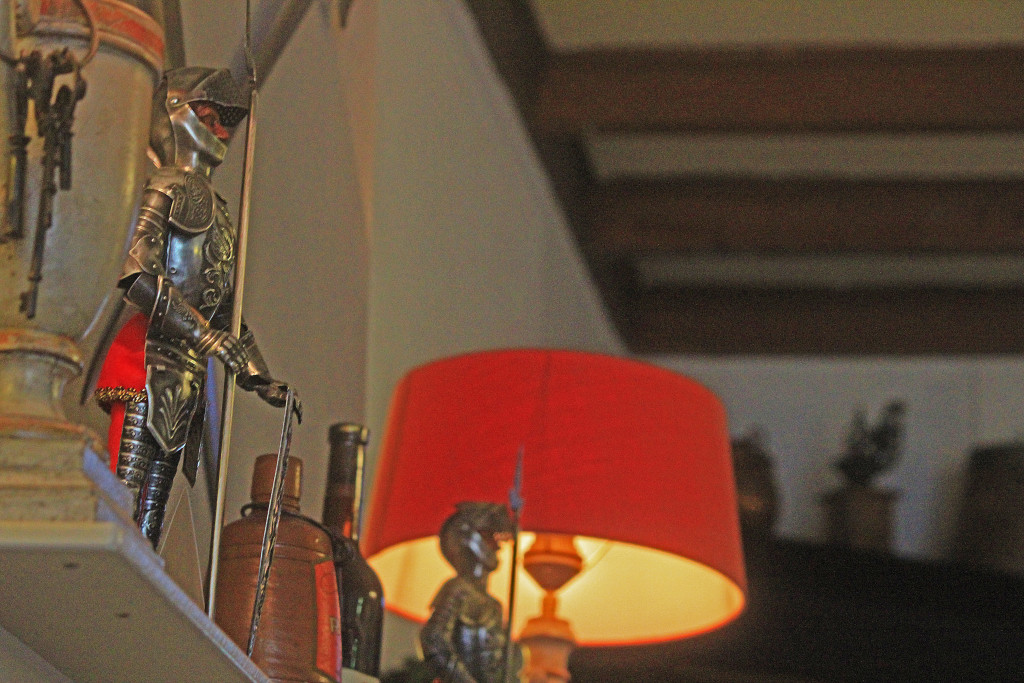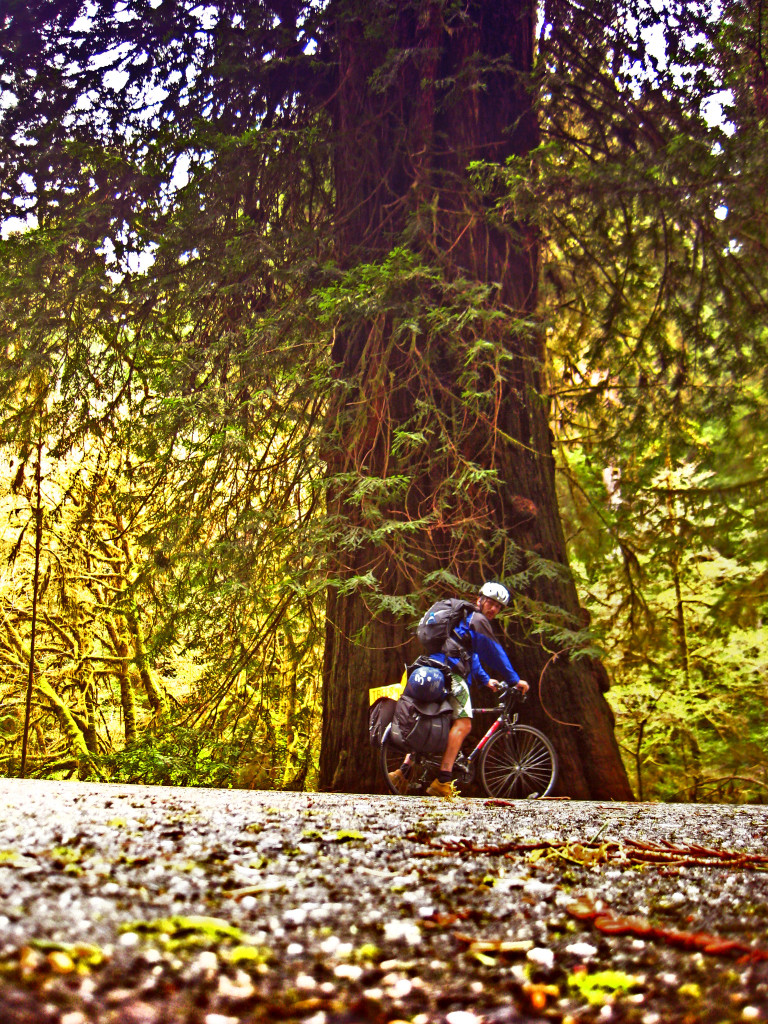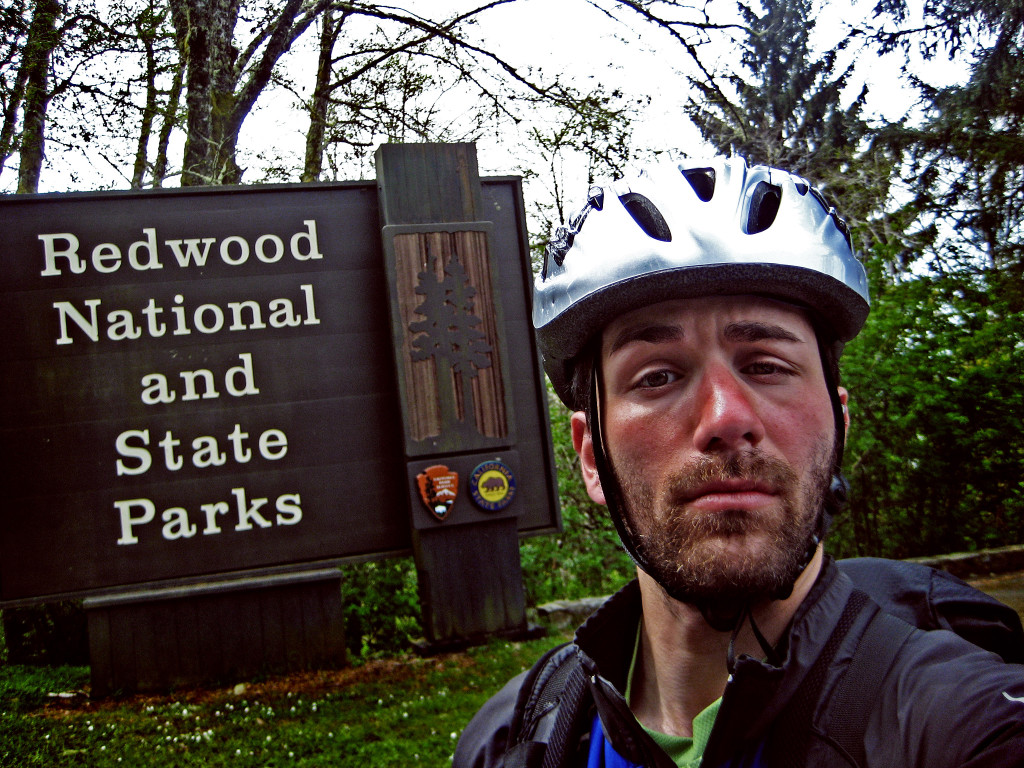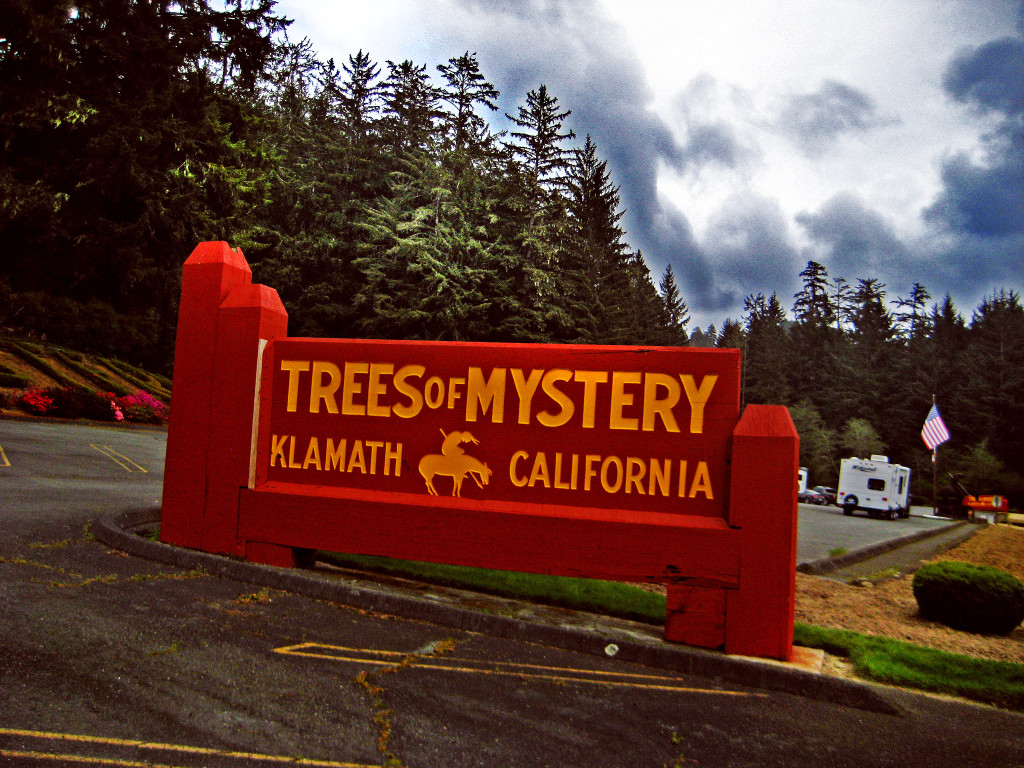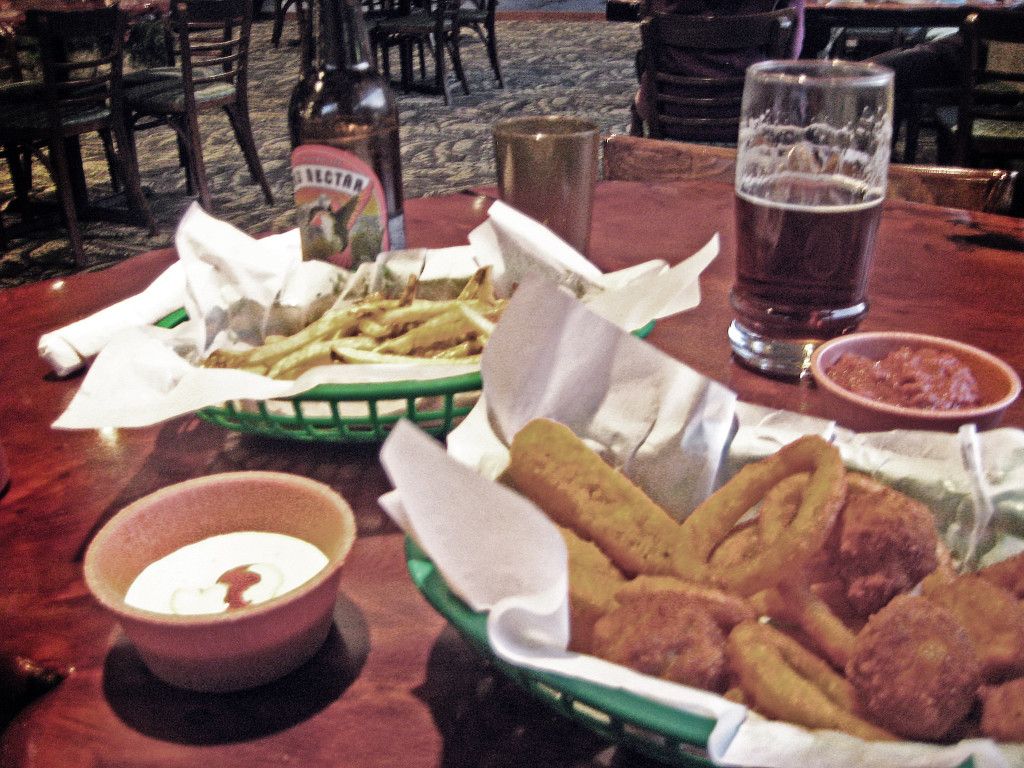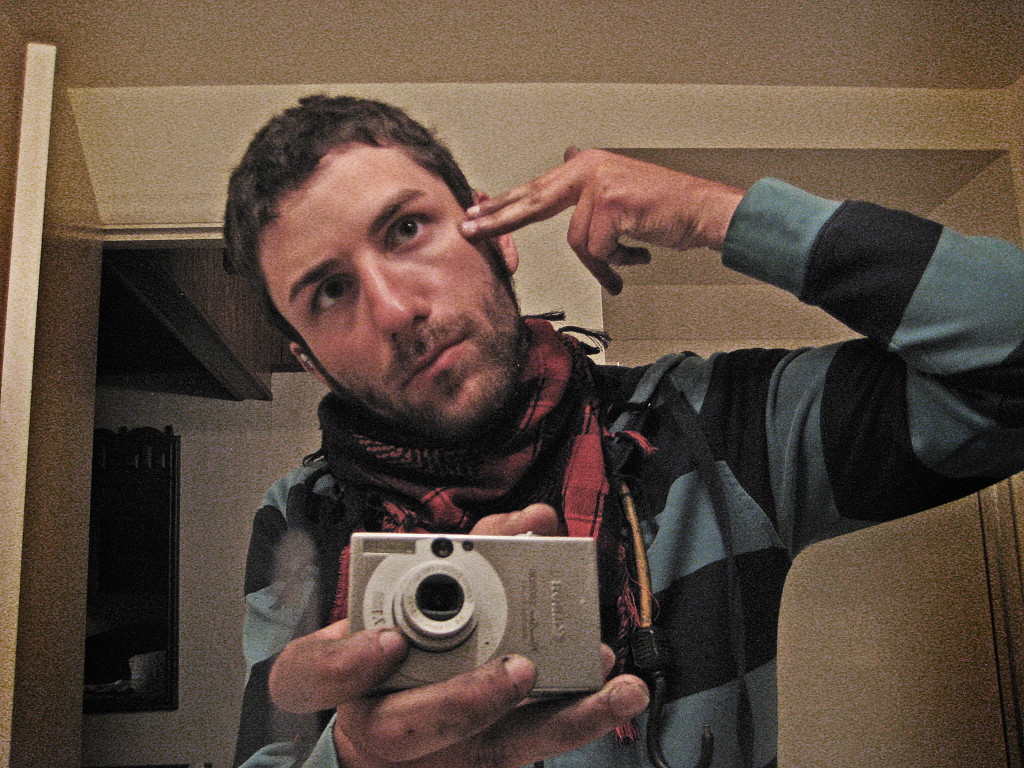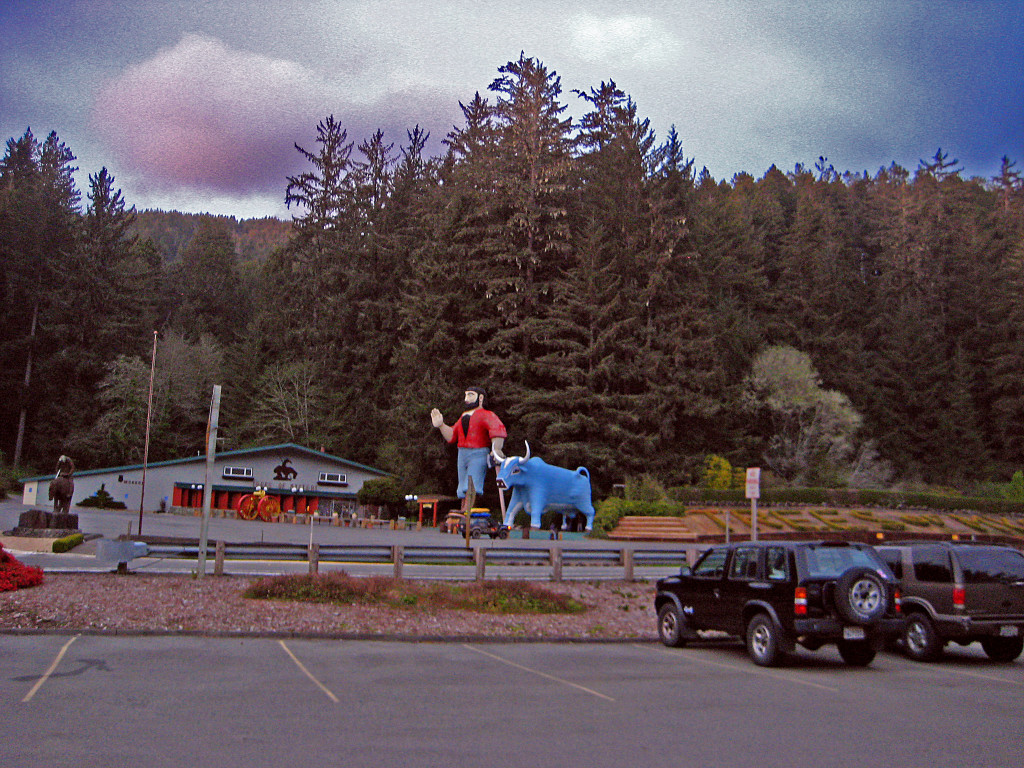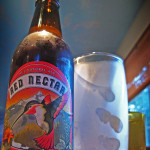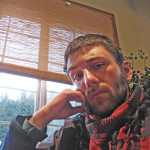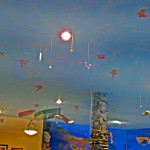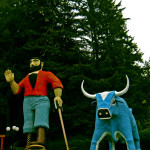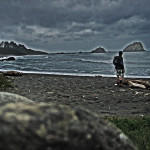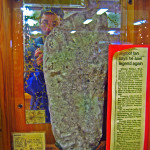
St. Barbara’s Church, Kutna Hora. It is one of the most famous Gothic Churches in Central Europe and is recognized as a UNESCO Heritage Sight, yet is over shadowed by Kutna Hora’s main attraction, the bone church.
Like the archetypal image of the convict from black and white films, a backpack overloaded with all the “travel essentials” seems to be the unfortunate, yet necessary ball n’ chain involved in backpacking. Quite ironic, right? Backpack is also the unifying verb, used to describe a presumably more economical and sustainable method of travel. I find that interesting, considering that suitcase travel seems to be an older form, which in English, usually means that it, not the newer form would transform via paleologism or verbing…but I DIGRESS!
A common sight in a foyer of a hostel in any given country: a line up of tired, impatient and dripping backpackers, waiting to check in or check out, their framed backpacks slumped in front of them like a not-a-care-in-the-world drunkards, resting against throbbing shins, being kicked and shoved, because it’s not worth the effort to hoist them up onto aching backs for the short journey to the counter. Then there are those moments when you don’t have time to check into your accommodation, or that you have no accommodation and you have to shlog your freakin’ life up the side of a mountain, or along an uneven, ten million kilometer hike (not really ten million kilometer, but it sure as hell feels like that). You begin to despise your helpful travel companion, dread the daunting task of finding a safe and secure place to store it, so you can enjoy light-loaded exploring once again. Then comes the further dread of trying to squish your sagging sack into the aforementioned storage space, which through tear soaked pleading and prayer, you personify as someone that through language you can convince and sway to do your bidding (“please, storage container in the train station, get bigger to accommodate my backpack and I will give you many shiny coins”). I use to think, due to my socio-economic status, that this version of travel was the only practical way to go and that the heavy backpack, was just the burden I had to bare.
But what if…we reassess what a travel essential is. The Oxford Dictionary of English defines “essential” as “affecting the essence of anything; ‘material’, important”. I interpret essential items, as things that are necessary and vital. If I were to look through many a’ backpackers backpacks, I am pretty many of ‘essentials’ I pulled out, would not fit the mold of my definition. A hairdryer and towel are not vital items for travel in warm places. The several scenarios that call for these items can be efficiently be filled by warm temperatures, supplemented by five minutes of physical spinning and/or sprinting. You may get the reputation as the “spinning man or woman in the shower”, but why not? It’s one less thing you need to consider lugging around and I think that reputation will garner you at least one single free drink at the hostel bar.
And there are other items as well that are not really essentials. In 2010, my friend who I was traveling with, challenged me to travel for three months with the same size backpack as he was sporting. Backpack is a generous term for a small knapsack that covered a little less than half of the area of his back. Okay, fine, if he can do it, so can I. You, dear reader, having no idea of who this nameless travel companion was or what his demeanor and prowess were like, giving you no premise to judge if my assertion is logical. I am in the clear to make such sweeping assumptions. I spilled the contents of my backpack onto the Amsterdam hostel bed I was to occupy that evening. Looking down the assortment of shapes, colors and their allocated uses, I asked myself a simple question:
With the trip I have planned ahead of me….what will I need?
First I started looking at my clothing. All the shades of the rainbow! If your methodology behind packing different outfits is to blend in to the populous of where you are traveling to, to be blunt, more times than not you’re not going to be able to, so why try? Also, what benefit is there to not standing out? If there is none, and if there is, in fact, benefits for standing out (people help you and forgive you when you do something possibly culturally insensitive), then why are you going through such counterintuitive rigamaroo? In these situations, extra clothing, shoes, jewelry, etc. simply amounts to undesirable weight. A few good pairs of socks, two or three undies, a pair of pants, a pair of shorts, a long sleeved shirt, a short leaved shirt, and maybe a sweater, if required, is all you need. If your going to the Gobi Desert in summer, I don’t think a parka is ever going to become a sensible garment to wear. Especially in warm environments, seeking out a washer or dryer is unnecessary. A bar of soap, a sink and maybe something to stop up the drain, and you can wash your clothing and hang it to dry over night or wash in cycles, doing several items at a time to dry throughout the day. Bring durable, clothing you won’t be heartbroken over getting destroyed, because over time, the wear and tear of travel will take its toll on your clothing’s elasticity, shape and color. Skin tight will become oversized, form fitting, malformed.
Vitamins, perfumes, facemasks and other niceties are nice additions to your post and pre-bed bathroom rituals, but you probably won’t spontaneously combust if you don’t have them. I understand that there are several toiletries that women require that men do not, but there are also several items that mass media and society says are essential to use prior to leaving your home in all circumstances. These socially induced standards are North American centric. In other parts of the world, ideas of beauty, professionalism and appearance are varied and far from the women of Cosmo or the Men of…..some masculine centred reading material. Again, you are traveling. You are going to be constantly adorned in sweat and food stained clothing, have brown encrusted cuticles and constant layer of fine dust choking your facial pores. We get it. In fact, many people will look at your disheveled presentation with jealousy, wishing that they too could escape the daily meat grinder that was turning them all into wurst. A toothbrush, toothpaste, floss, contact kit, medicine and feminine hygiene products are all you reallllly need. Maybe a hand sanitizer, though, what germs can’t kill you, will make you stronger.

The shop owner near my Prague home in Vysherad in 2008. We would exchange English lessons for Czech lessons.
Electronic devices. Is there one device that can substitute several others? A tablet can act as a smaller computer, an e-reader, a music player and a phone. They are big enough to search the web and type emails, yet small enough to carry several PDF or electronic guidebooks, eliminating the old, cumbersome text versions, that easily open up in public and quickly and electronically search what ancient monument or historical artifact that you looking at. It can also be used to store offline Google Maps, replacing the hard-to-refold maps utilized by our ancestors. What about a camera? While it isn’t essential to capturing your trip through photos, it is a nice way to preserve your memories and act as visual aids for your long-winded traveling stories, so your friends won’t be lulled off to dreamland, where more interesting things are happening. But do you need a fancy DSLR? Though it would make sense if you were a photographer by profession and that you had some inkling that your travel photos may look better or have monetary value blown up as posters, then bringing your purdy Canon with five different lenses and several filters may make sense. Yet if you are simply trying to quickly snap an image of that dancing monk or the fast moving, stampeding elephant (random, confusing example images, I am aware), then the camera on a high quality Ipad will do just the trick. And with the numerous Instagram filters and options, your photos will be edited and posted in no time. And to be honest, those viewing them online and in person, will have no clue whether you manually shot them on your expensive-device or dirtily shot them on your Ipad. I may get shot for saying this, but as an avid user of DSLRs, I think alot of the quality I see in their pictures is due to tad of elitism on my part. And when your Ipad storage with additional 64gig flashcard memory are eaten up? Simply upload them to the eponymous Cloud or DropBox and your back to flashing away.
Now, this is by no means a concise or all-inclusive list of what you need and what you don’t need for backpack travel (in fact, I am stopping at this point, because I feel I could go on and on and on…). This list does not take into consideration cold weather conditions, dietary restrictions, people with disabilities, and a plethora of many other variables. Since I was traveling and camping, I required a sleeping bag and tent as well. What I hope to accomplish, in some small way, is to push you to reconsider how you travel and what you need to get up and out there, with no excuses. I believe travel comfort is important and can make or break an experience, an outlook of a place or the concept of travel in general for someone. The ease of mobility as a traveler can make spontaneous trips and walks possible and gives you the ability to cover more distance in a day. Both of these factors may improve a traveler’s chances of seeing more and the plausibility of extending their trip. My anonymous friend challenging me to get rid of my bulging bag in exchange for a more reasonable ruck was a rousing revelation. It had me questioning almost every guidebook pack list I found and think about the consequences of having such burdensome behemoth latched inches above my posterior. Though it’s not always possible, considering downsizing what you bring with you on your journey may open up more outside of the box travel approaches and options. Also, knapsacks fit easily into overhead compartments, under train seats and make pretty acceptable pillows.

